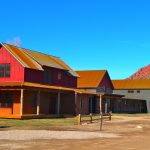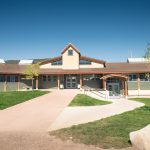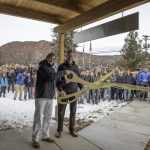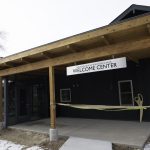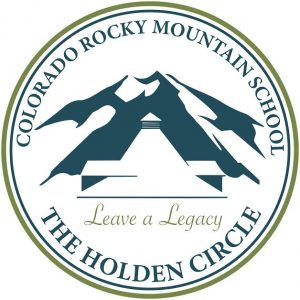Support Your Passion
One of the most joyous aspects of making a gift to CRMS or to any organization is supporting something that’s meaningful to you. A gift puts your values and beliefs into action.
What inspires you the most?
Transformational Impact – Forging the Future, Preserving The Past
In 2010, the CRMS community came together to launch the Forging the Future, Preserving The Past capital campaign. This campaign, which closed in 2015 exceeding its $10M goal, moved the CRMS educational and residential experience forward while keeping strong the ties to the school’s heritage of environmental and community stewardship. The campaign was based on the school’s ten-year strategic plan:
- Attract and retain a diverse student body
- Create a supporting and nurturing learning environment
- Build the school’s financial strength
- Complete the school’s Campus Master Plan
- Remain a leader in sustainability
Learn more about the impact of this important campaign
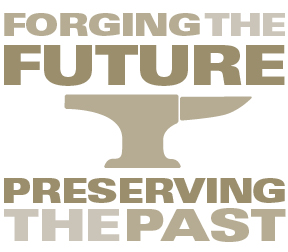
TESTIMONIAL
CRMS educates the whole student. Graduates continue to be life-long learners and responsible citizens of the world. It’s a unique and powerful education in the Rocky Mountains.
Fantastic school with fantastic programs. This school has a special place in my heart.
Our son’s advisor has been an extension of our family. He is responsive, mindful, and committed to helping our son grow. We continue to be grateful that he is surrounded by so many people who demonstrate hard work, compassion, and joy.
 MYCRMS
MYCRMS
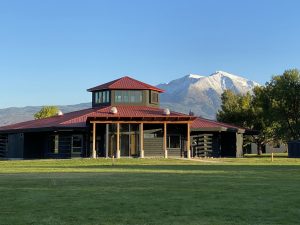
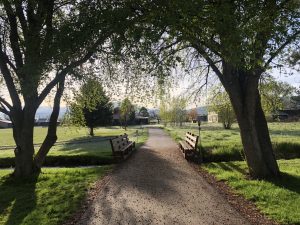
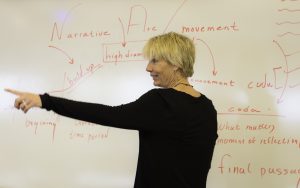
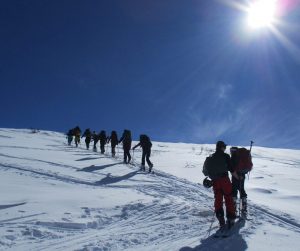
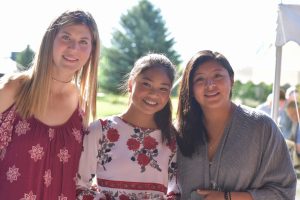
 Virtual Tour
Virtual Tour